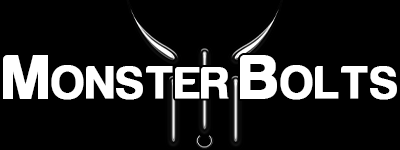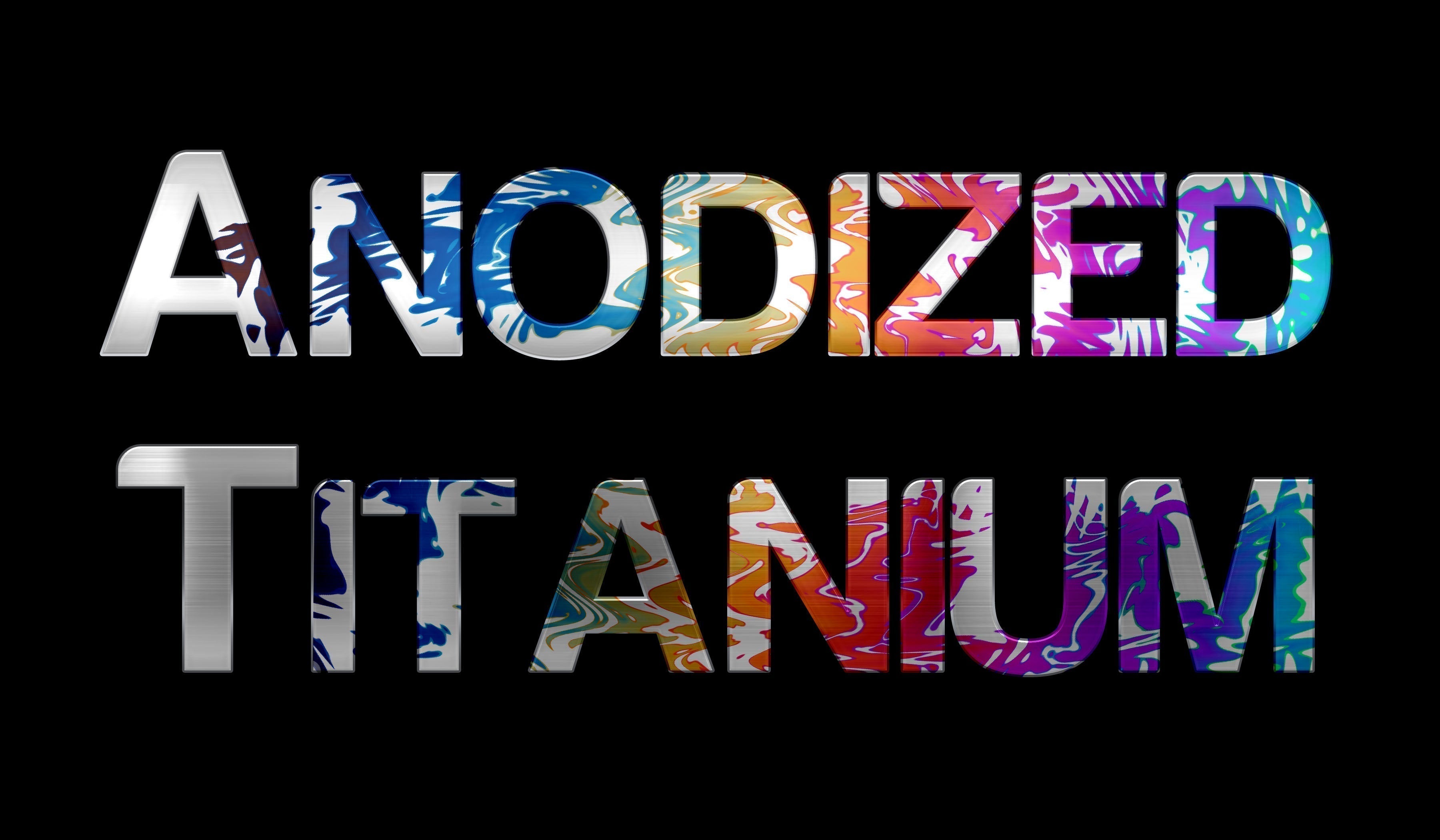Use this technical guide to pick anodized colors by voltage, understand how the oxide layer forms, and learn how to order custom-anodized titanium fasteners from Monster Bolts.

Voltage → Color (10–100V)
Actual appearance varies with surface finish (polished vs bead-blasted), part geometry, and viewing light. Use these empirical ranges as a practical guide:
| Voltage (DC) | Typical Color Family | Notes |
|---|---|---|
| 10–15 V | Bronze → Brown | Warm metallic tones. |
| 17.5–27.5 V | Dark Purple → Light Blue | Transition band; finish strongly affects hue. |
| 30–47.5 V | Faint Blue → Silver | Lower saturation; reflective parts appear silvery. |
| 50–60 V | Yellow/Gold → Rose Gold | Rich warm tones; great for accent hardware. |
| 62.5 V | Pink | Narrow “sweet spot.” |
| 65–75 V | Purple Tones | From magenta-purple to violet. |
| 77.5–85 V | Blue & Teal | Highly popular range for contrast parts. |
| 87.5–100 V | Green → Yellow-Green | Upper end of the spectrum. |
All titanium fasteners and small parts we sell can be custom anodized. Choose your parts from our Titanium Fastener Collection, then add our custom anodizing.
How Titanium Anodizing Works (Why Colors Appear)
Titanium develops a controlled, transparent oxide layer in an electrolytic bath. DC voltage sets the oxide thickness; light interference through that layer produces the perceived color. No dyes or pigments are added.
- Surface prep matters: Clean, degrease, and acid-etch to ensure consistent color and brightness.
- Voltage determines color: Each voltage corresponds to a repeatable oxide thickness → color family (see chart above).
- No true red or black: Those hues aren’t produced by interference colors in titanium’s typical 10–100V range.
- Finish influences appearance: Polished parts look more vivid; bead-blasted parts appear more pastel/satin.


Titanium 101 (Why Ti is a premium fastener material)
- Strength-to-weight: ~Steel-like strength at ~45% less weight.
- Corrosion resistance: Naturally passive oxide; excellent in harsh environments.
- High-temp performance: Retains properties where aluminum softens and many steels degrade.
- Biocompatible: A go-to for biomedical and aerospace applications.
How to Order Custom-Anodized Titanium from Monster Bolts
- Shop parts in our Titanium collection and add to cart.
- Add the appropriate Custom Anodizing option (one-color or splatter) and select your color(s).
- At checkout, include your color voltage (or color name) and order number, or email Support@MonsterBolts.com.
FAQs
What voltage makes gold, purple, blue, teal, or green?
Guidelines: Gold/Rose ≈ 50–60V; Pink ≈ 62.5V; Purple tones ≈ 65–75V; Blue/Teal ≈ 77.5–85V; Green → Yellow-Green ≈ 87.5–100V. See the chart above for full ranges.
Can titanium be anodized red or true black?
No. Interference colors from titanium’s oxide layer do not produce true red or black. Those require pigments, coatings, or different processes.
How durable is anodized titanium?
The color is the oxide itself—thin, hard, and integral to the surface. It resists corrosion well. Like any thin oxide, harsh abrasion can alter appearance; avoid aggressive scuffing and strong alkali cleaners.
Which titanium fasteners can be anodized?
All of them. Screws, nuts, washers, spacers—if it’s titanium, we can anodize it. Start with our Titanium Fastener Collection.
Why do two parts at the same voltage look slightly different?
Surface finish (polished vs. blasted), geometry (edges vs. flats), and lighting change how the interference color is perceived. We prep parts to minimize variation, but micro-finish still influences hue/saturation.


1 comment
Jos van Oorschot
Hello,
I have seen your coloured bolts and they look really nice.
I try to colour small titanium parts Ø 0.7, length 4.5 mm and a inner diameter of 0.6 in green, your bold number 95 but I can’t get a stable process. I wash the products before in IPA 70%, etch in Titan etch c (temperature 45 degrees celcius) and color in Ammonium Sulphate.
The products will become green but have brown spot on it. Voltage (power supply up to 200V is possible) is 93,5 V, Amperage is 0.08 A and watts is 3.1W. Sometimes the products are complete brown. Can you give me suggestions what the cause of this unstable process can be? Thanks in advance for your reaction.